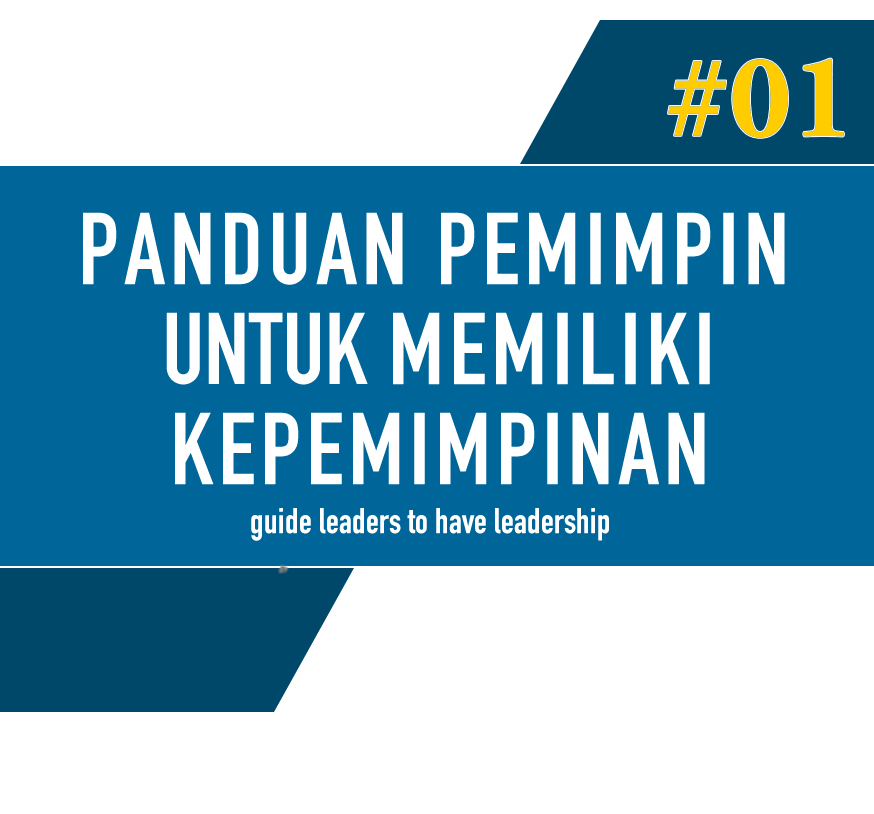Grounding and bonding is the single most important practice for the protection of people and property. Throughout the industry, there is a misconception that grounding and bonding of shielded twisted-pair (STP) copper cabling systems is more difficult, more time consuming, and more technique sensitive. This is simply not true.
Properly grounding and bonding an STP copper cabling system is straightforward and essentially no different than grounding and bonding a UTP system. The grounding and bonding requirements specified in the current TIA J-STD- 607-A Commercial Building Grounding (Earthing) and Bonding Requirements for Telecommunications are applicable
to both STP and UTP systems. It doesn't matter which type of system you're installing!
Grounding & Bonding STP in the TR
In each TR, any metallic component that is attached to the telecommunications cabling infrastructure, or comes in contact with any other metallic component attached to the infrastructure, must be bonded to the telecommunications grounding busbar (TGB) per the TIA standard. That includes racks, ladders, enclosures, metallic cable tray, and equipment like patch panels, routers, and switches. This process is exactly the same for both STP and UTP systems.
Shielded patch panels, jacks, and cable have the grounding and bonding built in. So once the cable is properly terminated to the jack and the jack mounted to the patch panel, bonding and grounding is complete.
Grounding & Bonding STP at the Workstation
Grounding and bonding STP at the workstation is more straightforward than you might think. In a permanent link, the shield is bonded only at the TR end as previously described above. The workstation end of the permanent link is not bonded to ground. This is the same for both UTP and STP systems.
In a channel, the bonding of the permanent link shield to ground at the workstation end is accomplished by connecting a shielded patch cord between the outlet and the equipment. This results in a ground condition at both ends of the channel. It's as simple as that!
Maintaining continuity of the shield
In an STP system, the shield should completely surround the cable along its entire length, and the shield should remain continuous along the entire length of the channel. This is accomplished by using only shielded products throughout the entire channel, from cable to plug to jack to patch panel.
only shielded products throughout the entire channel, from cable to plug to jack to patch panel.
Proper installation is also central to maintaining continuity of the shield. When terminating a shielded jack, the shield must make contact with the connector. Because today's shielded connectivity hardware is made completely out of metal, ensuring that contact is quite simple. For example, Tyco Electronics' shielded jacks feature a spring-loaded cable strain relief that automatically provides a 360-degree contact to the terminated shield.
Proper grounding and bonding is a sizeable job whether it is UTP or STP, and there is virtually no difference in the requirements between the two. Yes, the shield must maintain continuity throughout a channel, but achieving that condition is as simple as properly terminating the shielded jack and using shielded components throughout the channel. In today's IT world, it is VITAL for customers who rely so heavily on their communication system to ensure proper grounding and bonding – whether
it's a UTP or STP system.
Maintaining continuity of the shield
In an STP system, the shield should completely surround the cable along its entire length, and the shield should remain continuous along the entire length of the channel. This is accomplished by using
 only shielded products throughout the entire channel, from cable to plug to jack to patch panel.
only shielded products throughout the entire channel, from cable to plug to jack to patch panel.Proper installation is also central to maintaining continuity of the shield. When terminating a shielded jack, the shield must make contact with the connector. Because today's shielded connectivity hardware is made completely out of metal, ensuring that contact is quite simple. For example, Tyco Electronics' shielded jacks feature a spring-loaded cable strain relief that automatically provides a 360-degree contact to the terminated shield.
Proper grounding and bonding is a sizeable job whether it is UTP or STP, and there is virtually no difference in the requirements between the two. Yes, the shield must maintain continuity throughout a channel, but achieving that condition is as simple as properly terminating the shielded jack and using shielded components throughout the channel. In today's IT world, it is VITAL for customers who rely so heavily on their communication system to ensure proper grounding and bonding – whether
it's a UTP or STP system.

No comments:
Post a Comment